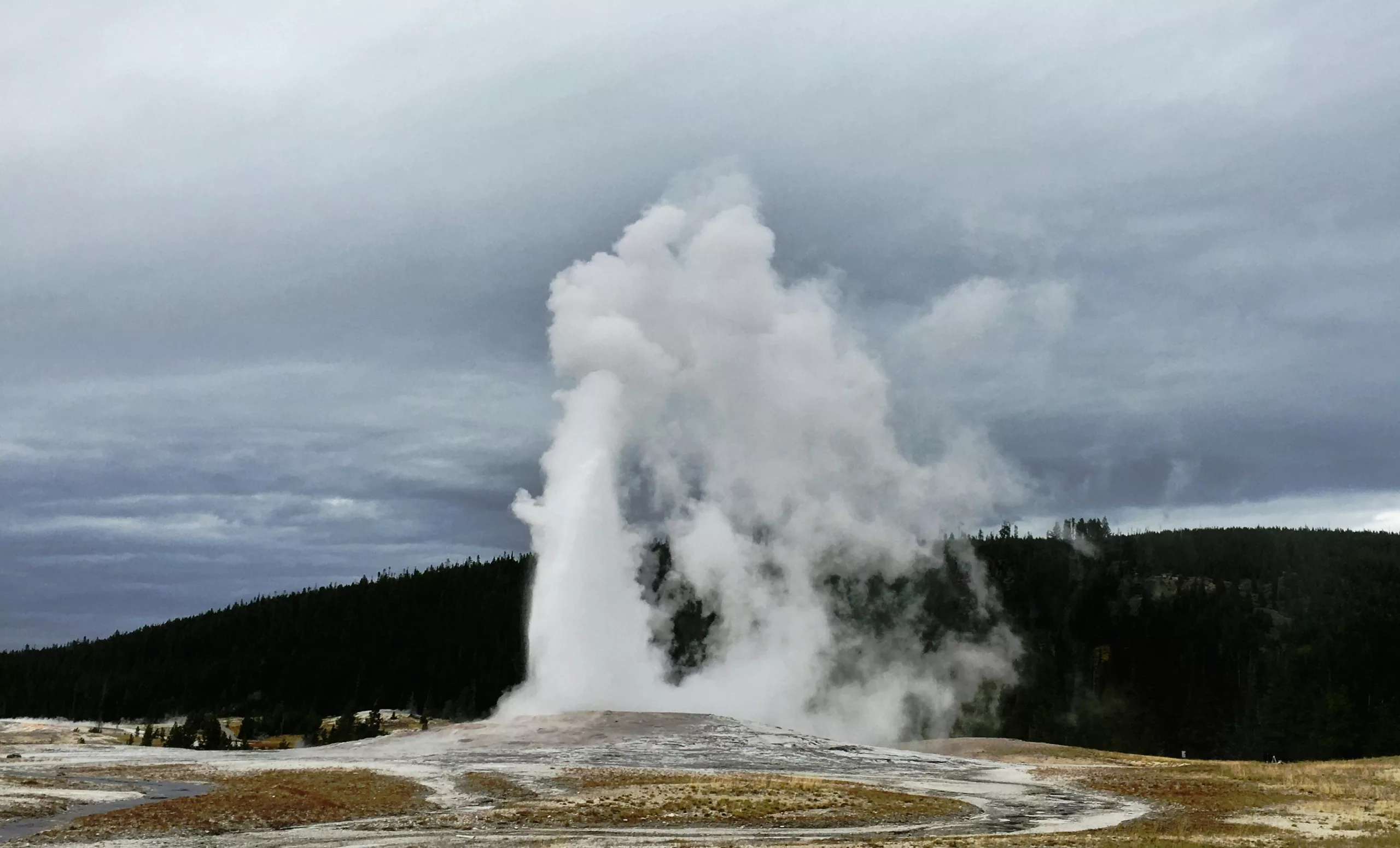Unlocking the potential of geothermal heat pump (GHP) technology could be the game-changer for decarbonizing America’s buildings, significantly benefiting the nation’s power grid. Recent findings from the U.S. Department of Energy (DOE) emphasize that the widespread adoption of GHPs isn’t just a theoretical advantage but a pragmatic solution to energy challenges.
DOE’s Findings on GHP Benefits
In the quest for cleaner energy options, an expert analysis led by the DOE showcases how GHPs could revolutionize the energy landscape. By retrofitting a substantial portion of U.S. buildings with GHPs, alongside enhancing building insulation, a remarkable reduction in energy demand could be achieved. With projections pointing to a 13% electricity demand decrease by the year 2050, the resulting impact equates to a diminished need for the grid expansion — specifically, a potential avoidance of over 24,500 miles of new transmission lines.
Boosting the Economy and Job Market
GHPs don’t just promise environmental benefits; they also have significant economic implications. With the majority of GHP units being produced within the United States, scaling up their installation can spur the growth of the domestic industry. This upsurge means not only more local manufacturing jobs but also numerous opportunities for maintenance and installation roles, contributing to the nation’s economic health.
Geothermal Heat Pumps as a Ready-Made Strategy
Alejandro Moreno of the DOE underscores the immediate value that GHPs add to the energy sector. These pumps are more than just an energy-efficient solution; they embody a multifaceted strategy for slashing building carbon footprints, mitigating the need for new power infrastructure, and generating nationwide energy savings, all while fostering employment opportunities within the United States.
National Laboratories Affirm GHP Advantages
The Oak Ridge National Laboratory and the National Renewable Energy Laboratory, with support from DOE’s Geothermal Technologies Office (GTO), concur that the integration of GHPs, coupled with enhanced building envelopes, can significantly reinforce the electricity grid’s efficiency. By curbing the need for added generation capacity and transmission, GHPs promise not only to fortify grid reliability but also offer advantages that extend to all electricity consumers, including those who may not directly utilize GHP solutions.
Going Beyond Carbon Reduction Policies
Moreover, the deployment of GHP systems could result in the elimination of over seven gigatons of carbon emissions, irrespective of specific decarbonization policies. When combined with other efficiency measures like building weatherization, the collective benefits amplify for energy consumers and the power grid alike.
Adaptability and Versatility of GHPs
GHPs are incredibly versatile, effectively providing heating and cooling solutions for individual residences, commercial establishments, and even vast networks of buildings such as university campuses. They are applicable in diverse climates, making them suitable for various geographical locations, whether urban or rural. Specifically, GHPs are adaptable for fresh constructions and can be seamlessly retrofitted into existing structures, making them an inclusive option for energy efficiency upgrades.
In summary, when it comes to decarbonizing structures and fortifying the energy grid, GHPs stand at the forefront—a testament to their pivotal role in the sustainable energy transition and the drive for a more resilient power infrastructure.
